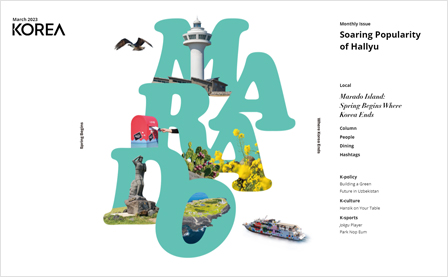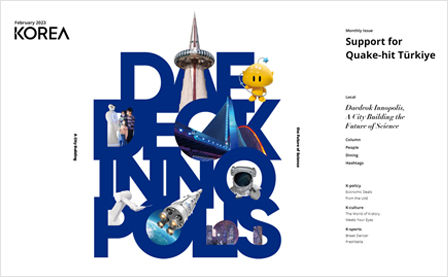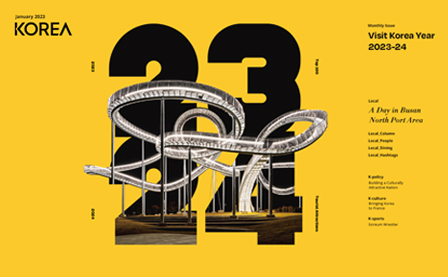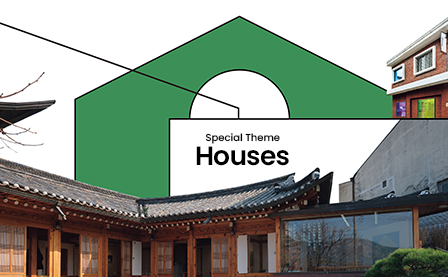May 2023

Local
Written by
Yu Pureum
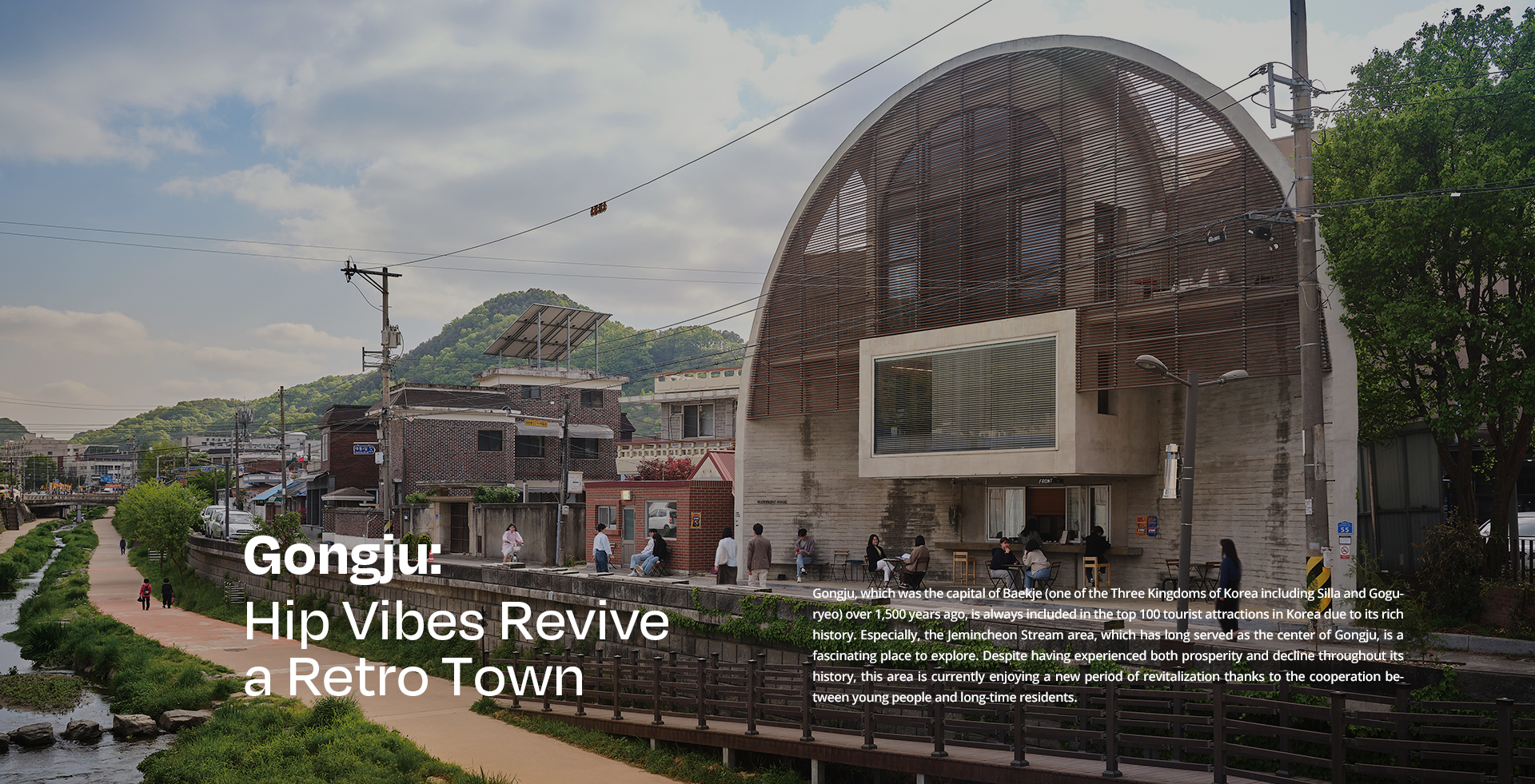

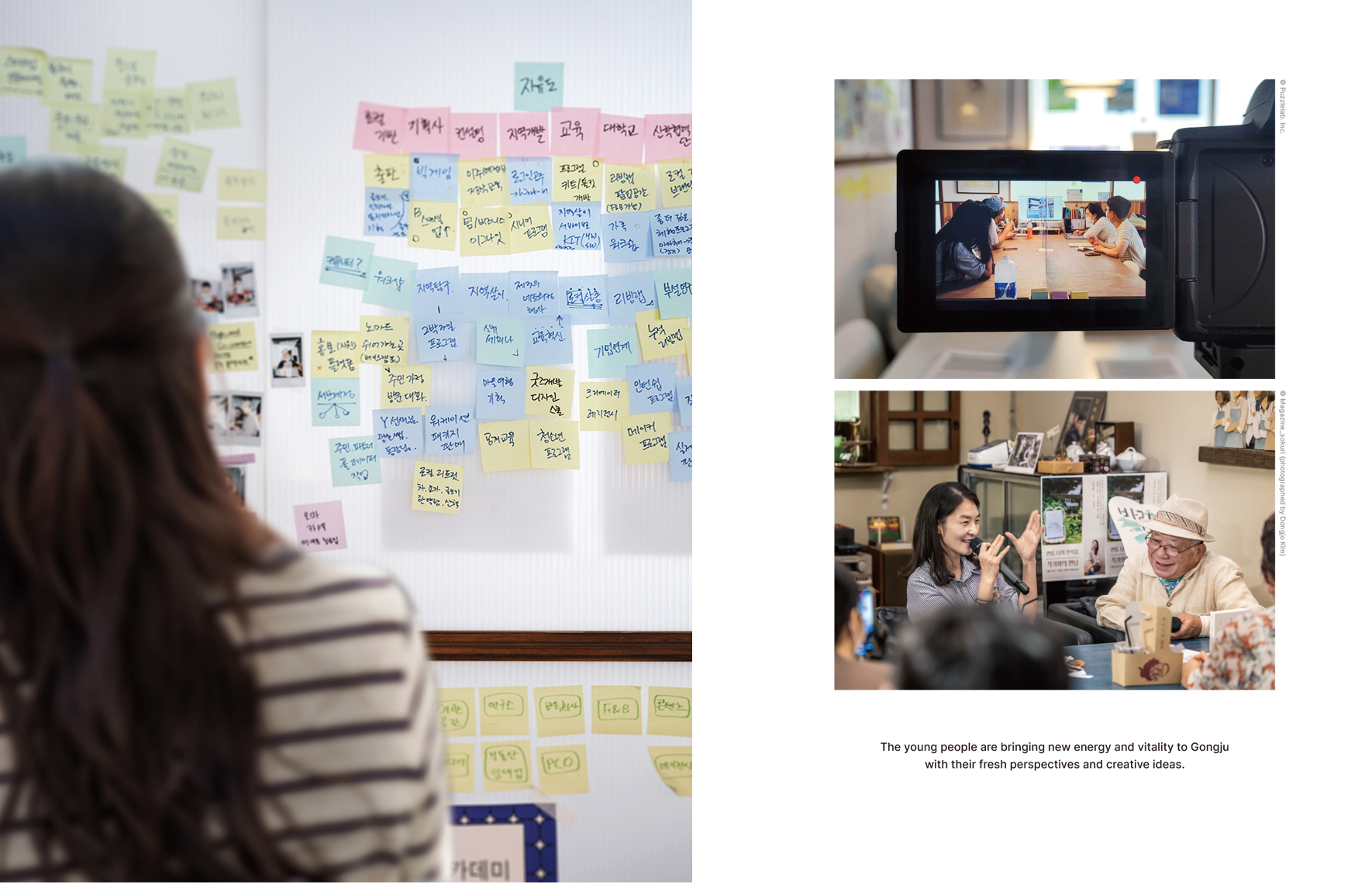
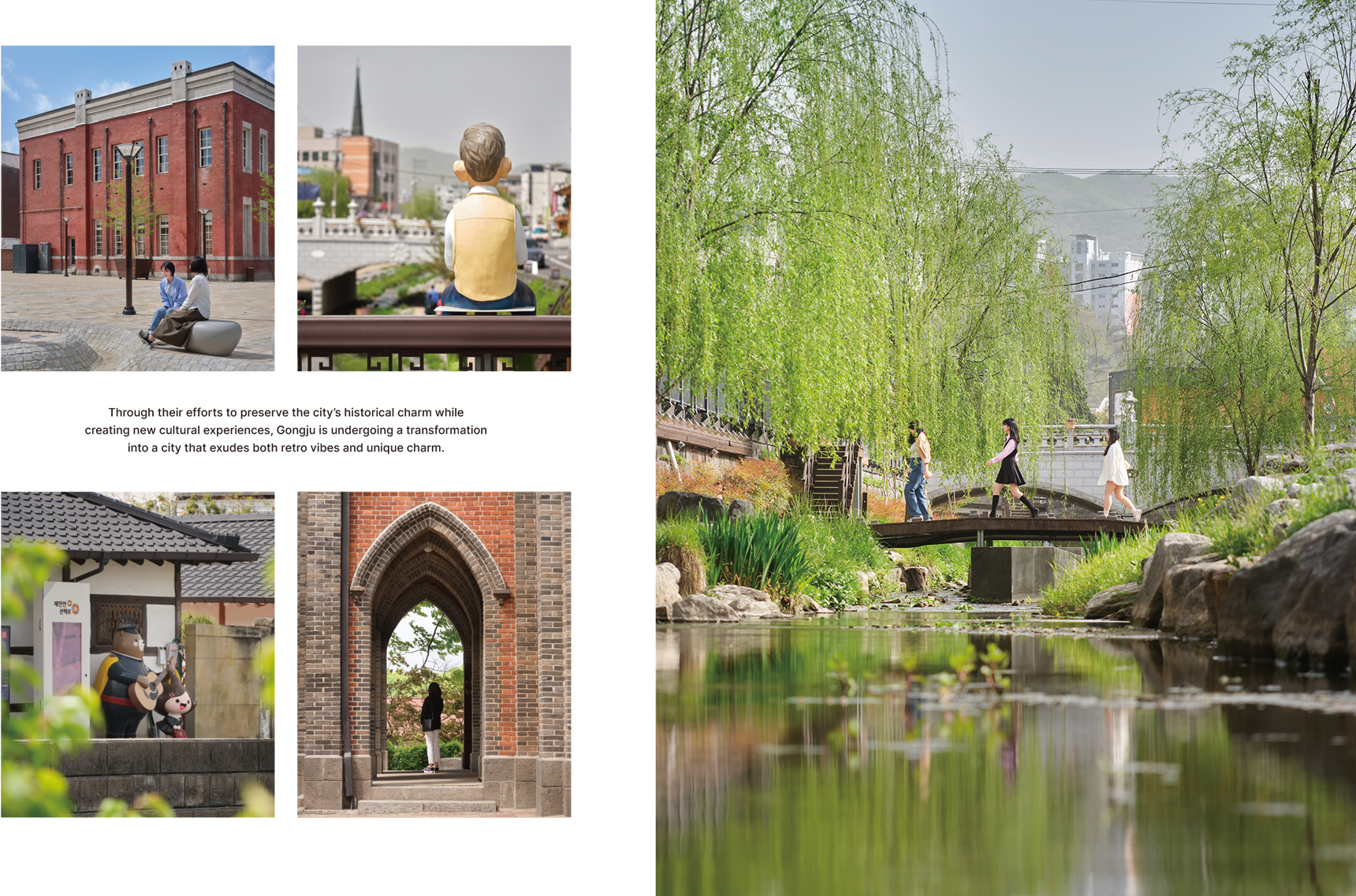

Local
Column
Solidarity Brings a
Community to Life
Gongju’s old city center near the Jemincheon Stream is a delightful neighborhood. It’s easy to get around on foot, and few high-rise apartments or other tall buildings are in sight. A sense of relaxation exudes from people strolling along the stream and cats napping atop the wall. The only people in a hurry are university students zipping by on electric scooters, apparently late for class. Come evening, even they plop down on benches beside the stream for a lively conversation. While you’d never know from today’s pleasantly tranquil streets, Gongju’s old city center used to be bustling with people.
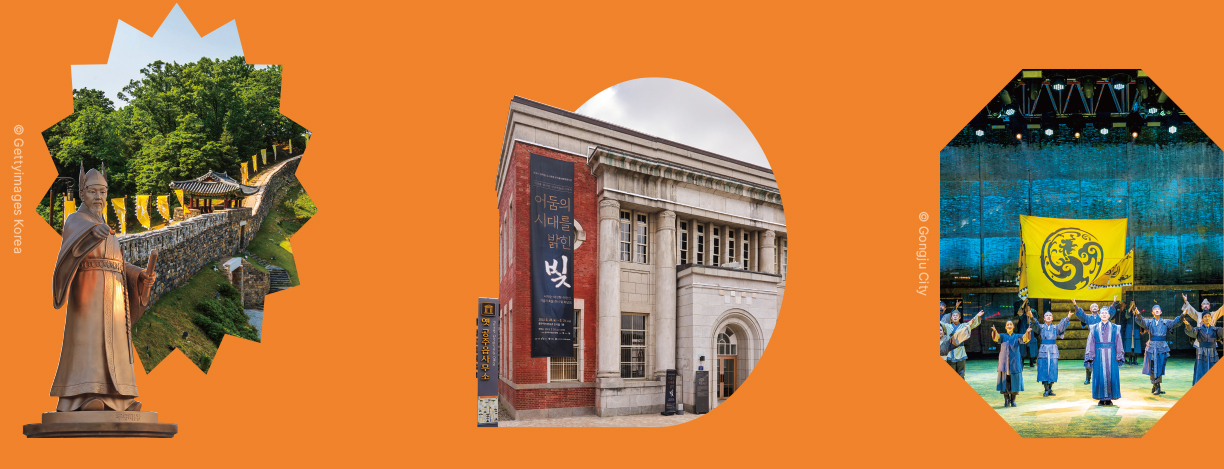
Hub of History
Gongju was capital of Baekje during Korea’s Three Kingdoms period. Traces of the city’s central role in that kingdom remain scattered throughout. Some of the best-known are Gongsanseong Fortress, the bastion of the Baekje royalty, and the Royal Tombs in Songsan-ri, a cluster of seven ancient tumuli. With its gorgeously arrayed lights, Gongsanseong Fortress offers one of Gongju’s best night views, while the tomb complex is a favorite spot for history lectures.
To truly appreciate the essence of Baekje culture, a visit to the Gongju National Museum is highly recommended. With about 300,000 historic cultural artifacts excavated from the Chungcheong area on display, the museum offers visitors a glimpse into the past. In particular, the elegant and delicate craftsmanship of the Baekje people is showcased through stunning ornaments such as gold crowns and earrings.
Another way to experience Gongju’s rich culture is to visit during the second half of the year, when the city hosts the annual Baekje Cultural Festival. During the festival, hundreds of lanterns and sculptures float leisurely on the Geumgang River, creating a stunning nighttime spectacle. This large-scale event is a wonderful opportunity to immerse oneself in the vibrant traditions of Gongju’s past.
Another Rise and Fall
In the 1970s, students from around Korea congregated to Gongju’s old city center, which was home to some of the best universities in central Korea. Those included Kongju National University, the first regular university around Daejeon and South Chungcheong Province, and Kongju Teaching University, considered the forerunner of Korea’s current network of universities of education.
Since Korean universities didn’t have dormitories back then, students were put up by the locals. Most of those boarding houses have given way to dormitories, but locals are still happy to welcome young people from other areas and include them in city activities. Gongju has helped preserve the neighborhood’s legacy by building Hasuk Maeul (Boarding House Neighborhood) near the Jemincheon Stream. Hasuk Maeul is both a guesthouse and a cultural space that kindles nostalgia and evokes memories of bygone days.
Hosting so many talented students from around Korea, the neighborhood served as a cradle of education, producing some of the country’s leading educators, artists and politicians. This is also where Ra Tae Joo, one of Korea’s most beloved poets, wrote many of his poems. About a five-minute walk away from the Jemincheon Stream is Pulkkot Literary House, an old structure renovated in Na’s honor which is now a hangout for the local literati and aspiring writers and a haven for art lovers. Visitors here can view Na’s books and illustrated poems, as well as books and paintings by residents of the Gongju area.
The neighborhood that had been enriched by so many student boarders began to decline when local boarding houses went bust. With business at a standstill, many locals moved elsewhere in search of work. The youth population shrank, while empty houses multiplied. Gongju was in jeopardy of being depopulated, just like many of Korea’s other small cities.
Grassroots Network Brings a New Start
What turned the situation around was residents’ solidarity. Gongju citizens coalesced around the concept of a “neighborhood hotel”—the idea that an entire neighborhood could function like a giant hotel. Both Gongju natives and outsiders drawn by the city’s charms were united by their fondness for the city and voluntarily came together to build a community aimed at revitalizing the neighborhood.
It was around that time that young people in other parts of Korea began coming to the neighborhood. Their stays in the old city center take a number of forms. Most common is the “workcation,” lasting between a week and a month. But some young people fall in love with Gongju’s charm and decide to make it their home. Following this influx of youth, the area around the Jemincheon Stream has started to brim over with vitality once more.
Gongju’s long history has been a series of boom and bust cycles. While walking through this peaceful, laid-back neighborhood, you will discover not only the past but also the future springing up within it.

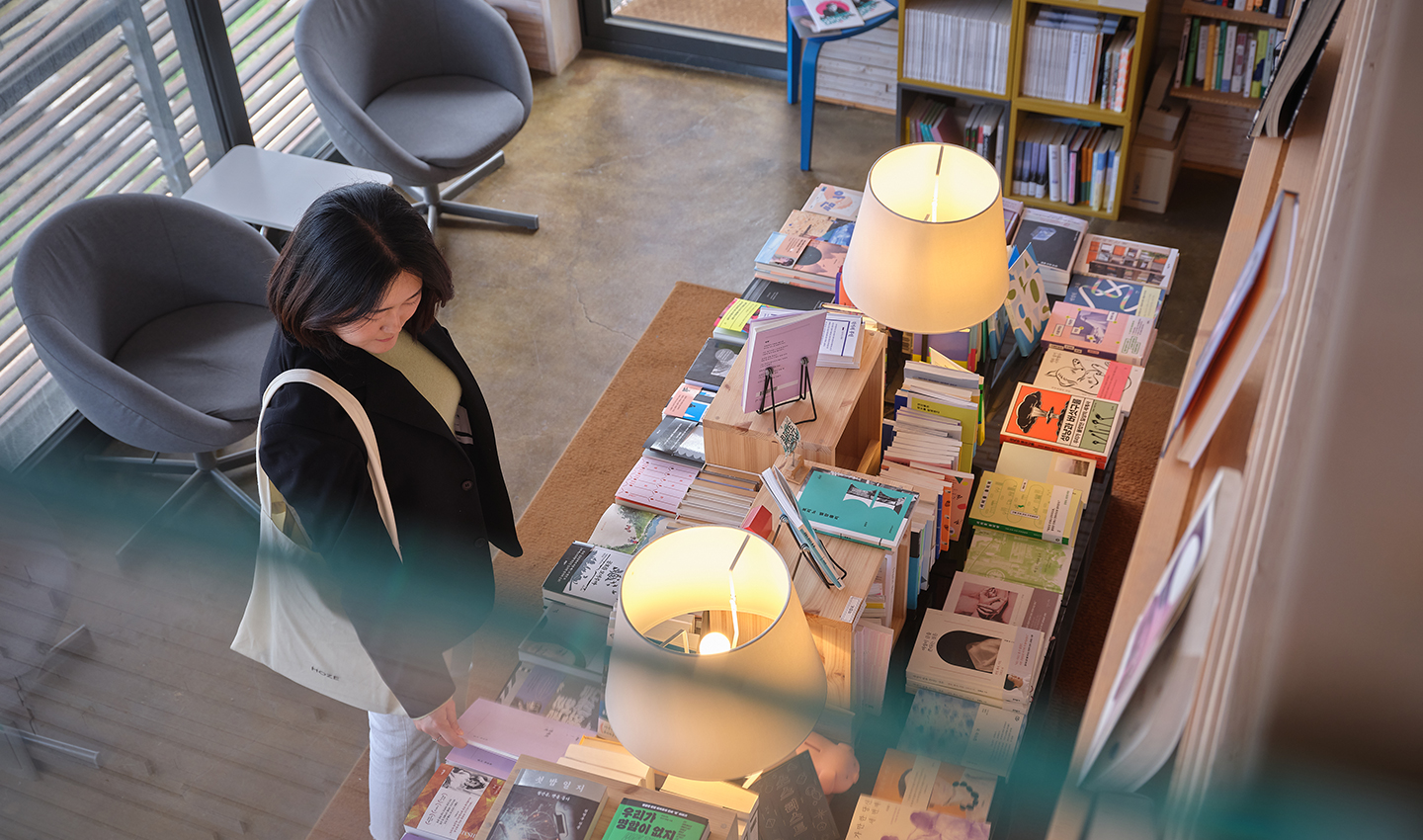

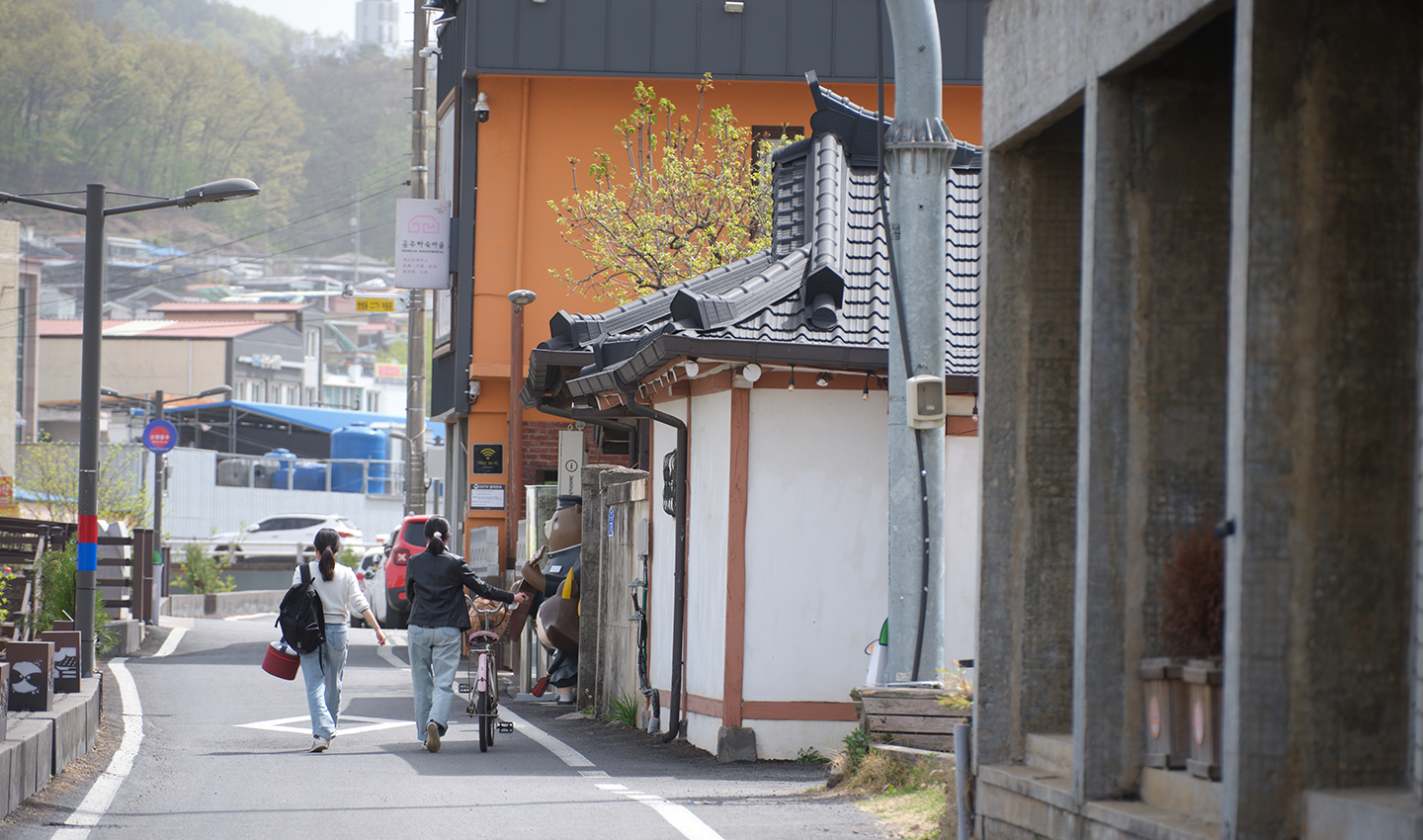
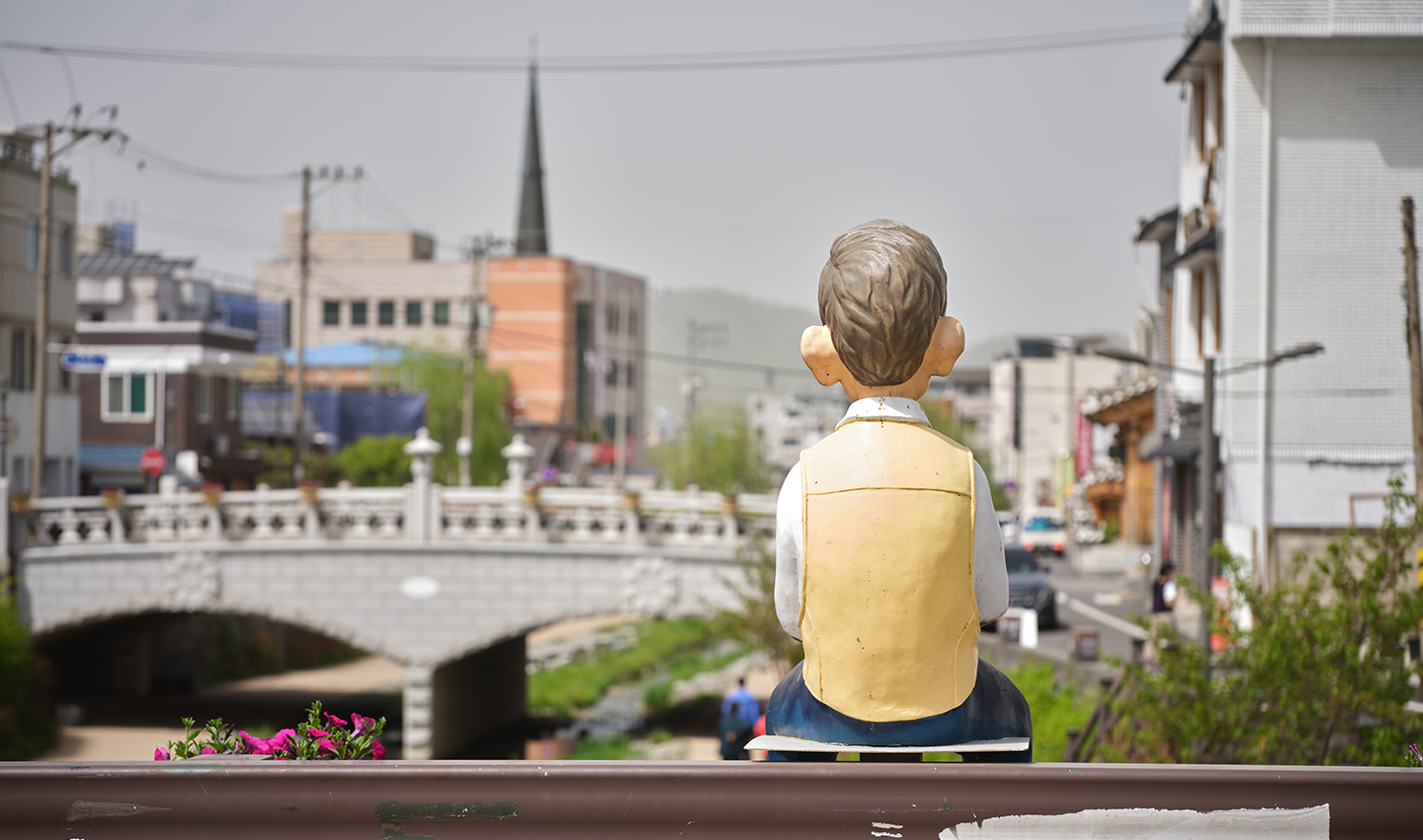
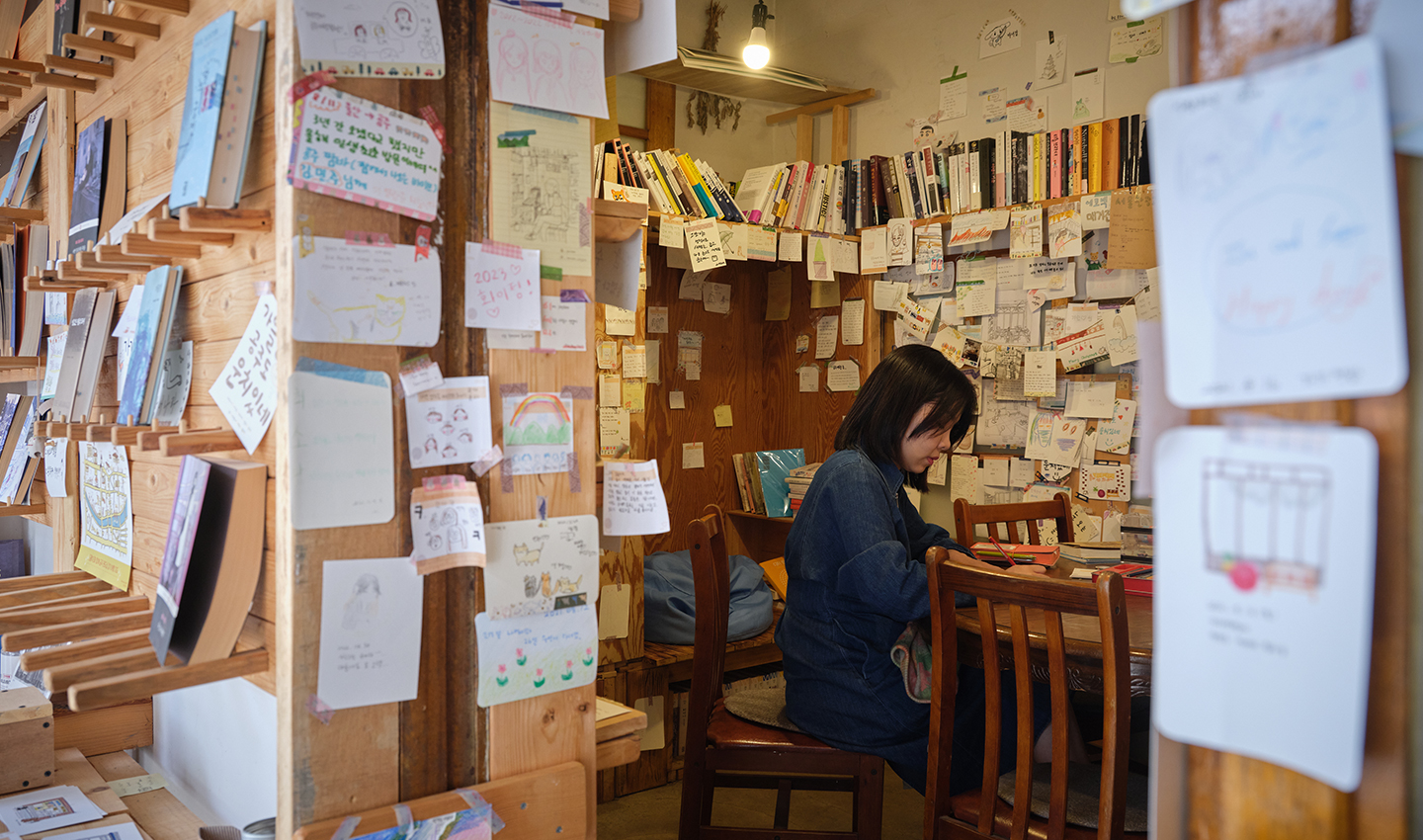
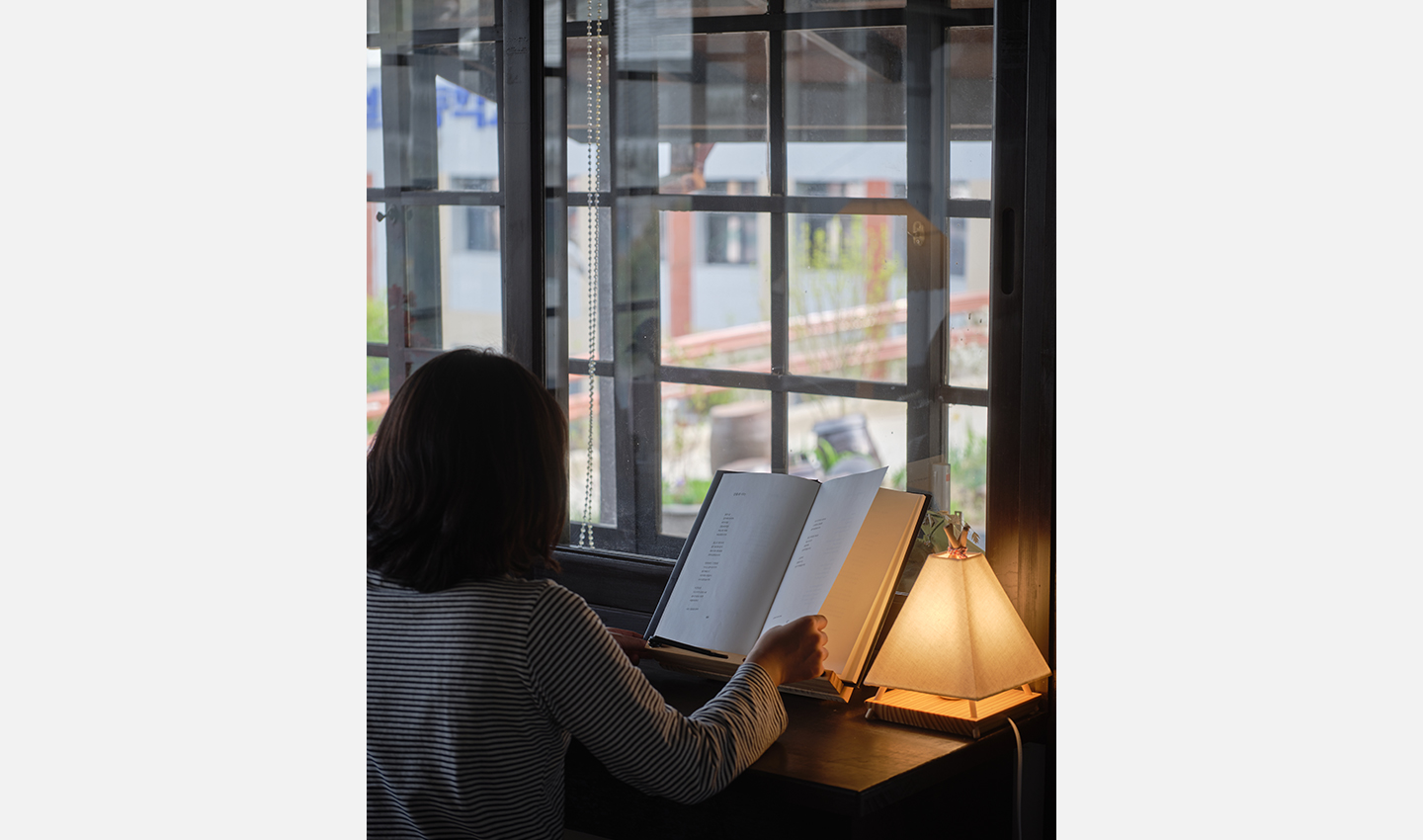
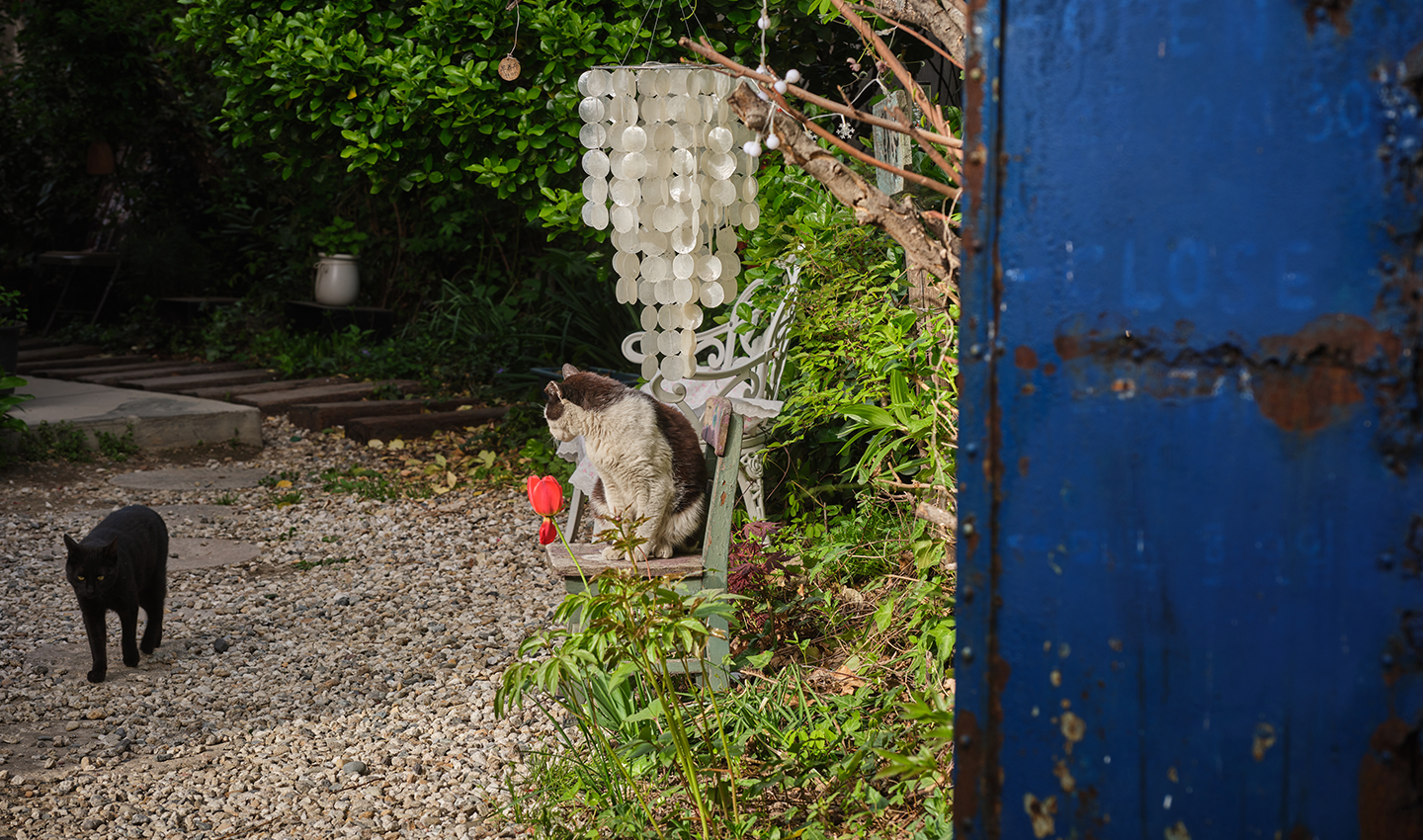
 View of all
View of all
